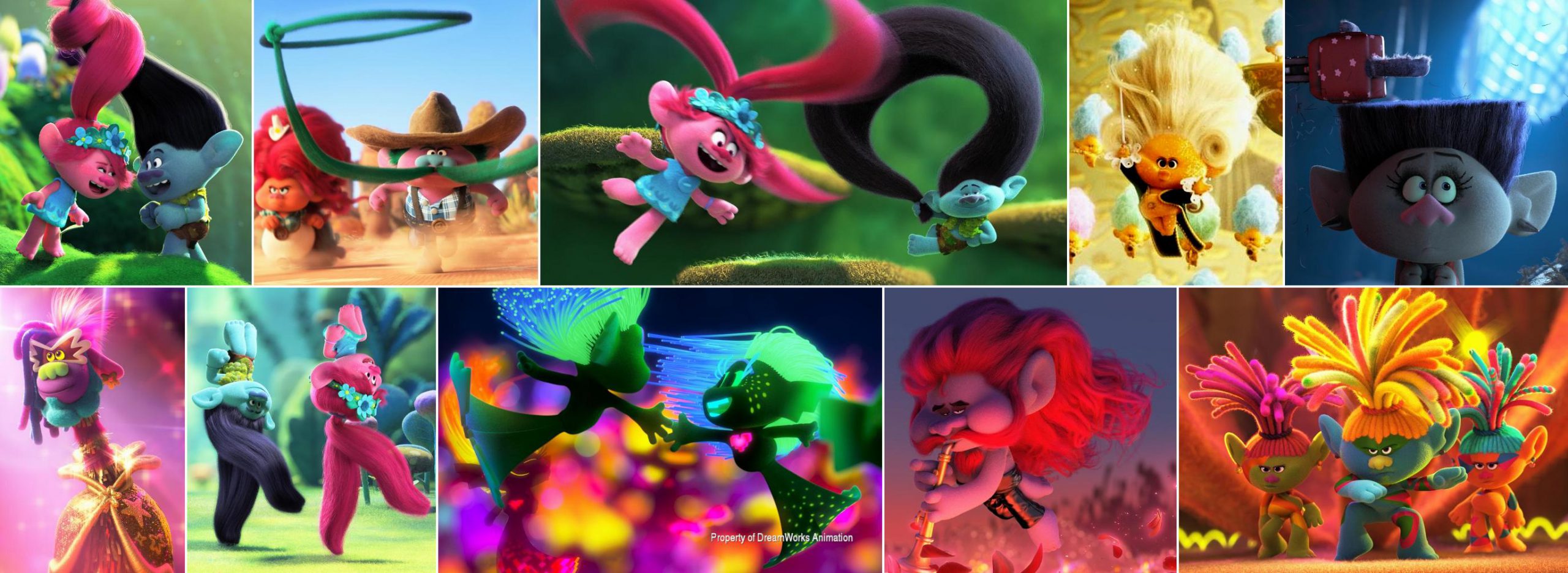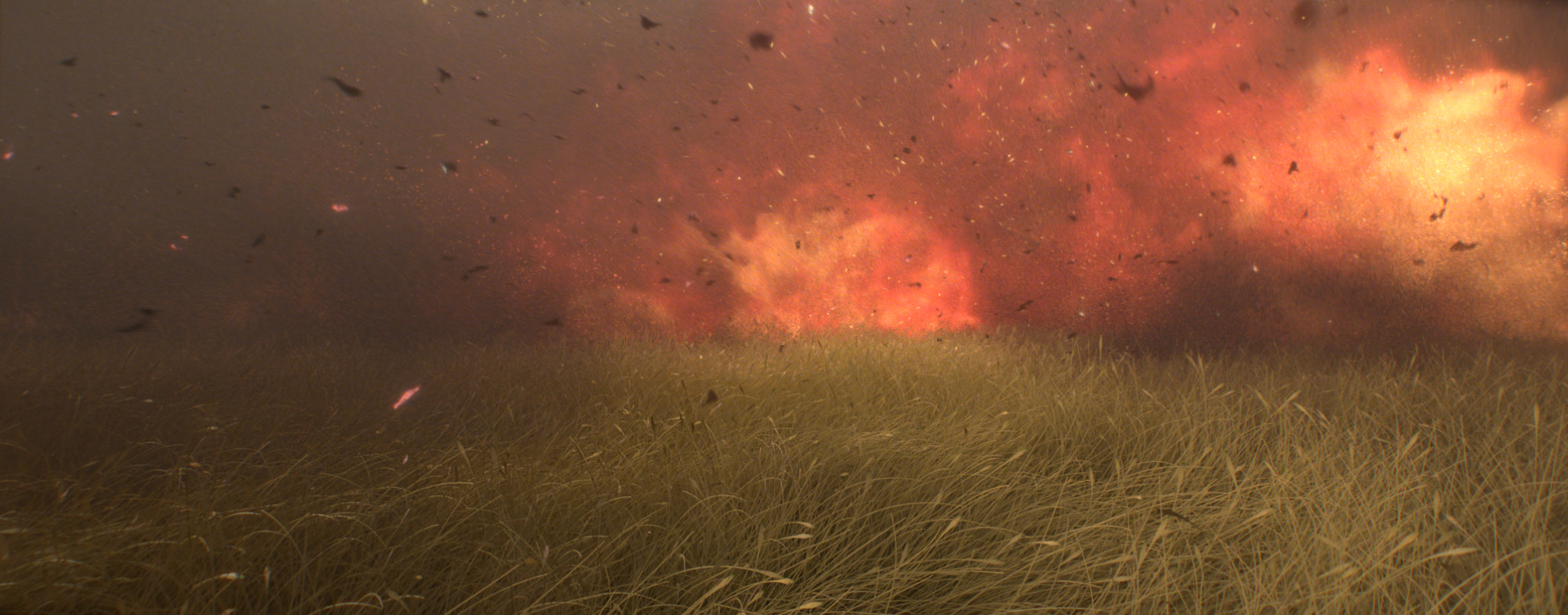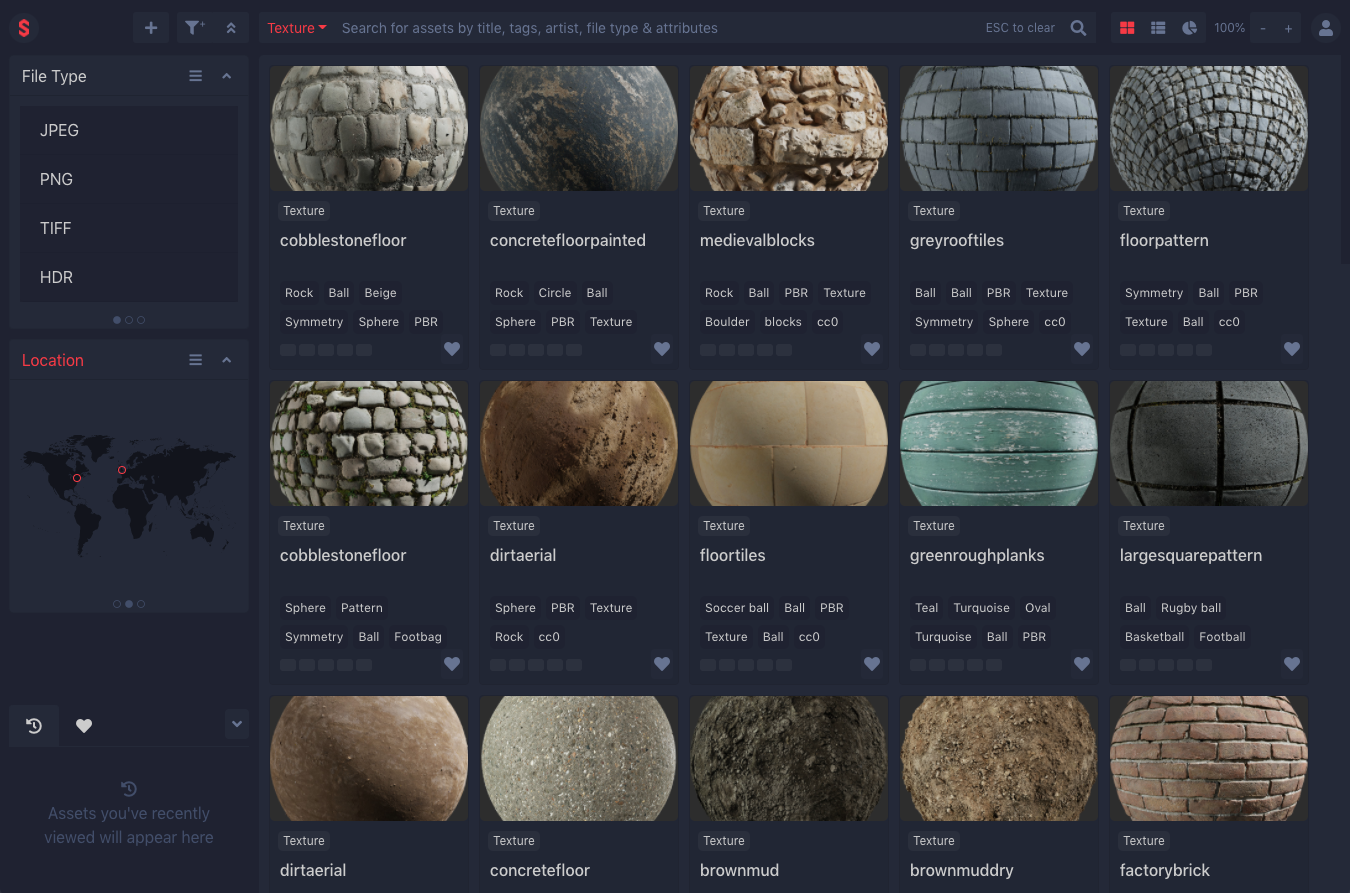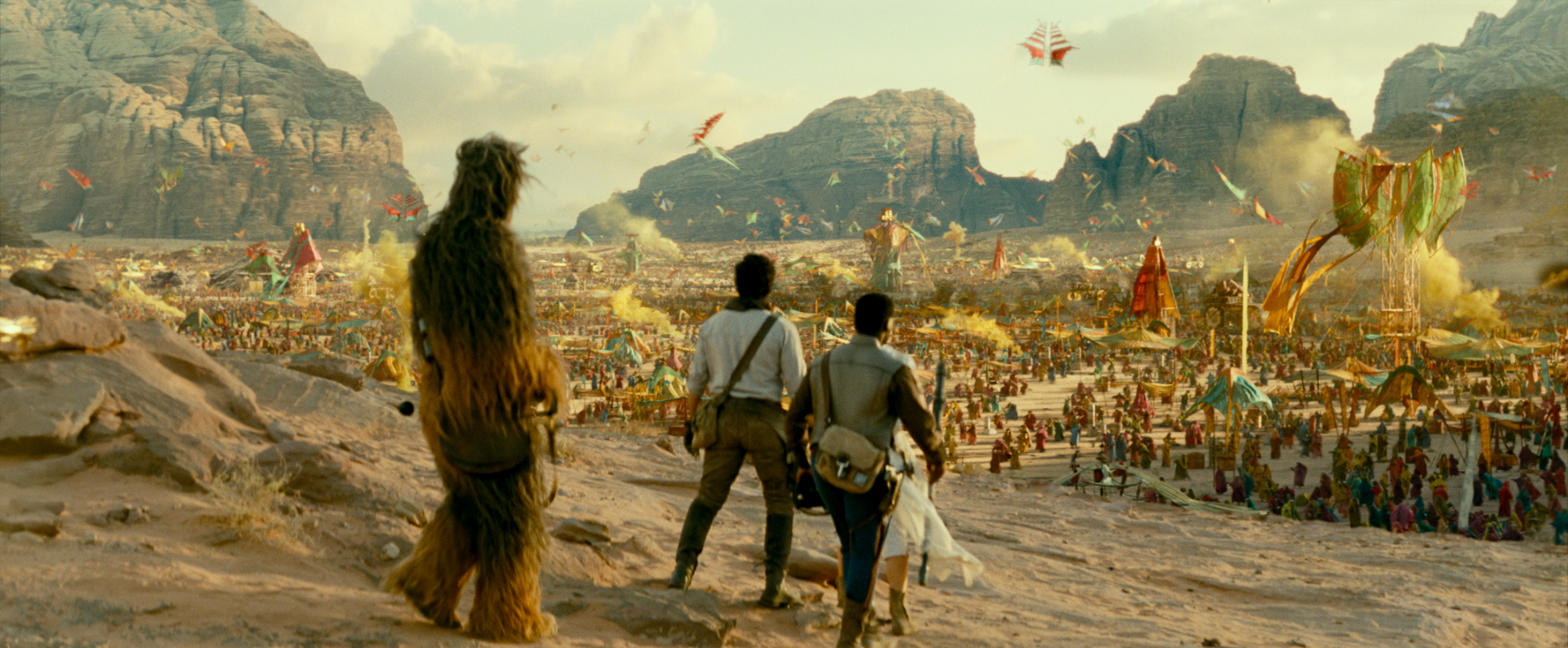DISCOVER and NETWORK
Program
Program
Please note: all scheduled sessions take place in the Pacific Time Zone (UTC/GMT -7).
| Day 1 – Tuesday, 11 August 2020 | |||
|---|---|---|---|
| 10:30 – 11:30 | Virtual Coffee in High Fidelity | ||
| 11:30 – 11:40 | Chairs Introduction | Sandy Kao, Trina Roy, Rob Pieké, Golriz Fanai, Alexis Casas, Fran Zandonella Benjamin | |
| 11:40 – 12:20 | [TPC] Virtual VFX: Going Cloud Native | Mark Ross (GridMarket), Jeff Bell (Tangent Studios/Tangent Labs), Corban Gossett (Amazon Web Services) | |
| 12:20 – 13:00 | [DigiPro] Hair Effects in Trolls World Tour | Nick Augello, Michael Juarez, Kelly Shay, and Arunachalam Somasundaram (DreamWorks Animation) | |
| 13:00 – 13:40 | [DigiPro] Making a short film Automaton | Krzysztof Rost, James Gettinger, Hosuk Chang, and Michael O’Brien (Pixar) | |
| 13:40 – 14:00 | break | ||
| 14:00 – 15:00 | [TPC] Keynote – Smithsonian Open Source 3D Pipeline | Vincent Rossi, Jon Blundell, Jamie Cope (Smithsonian) | |
| 15:00 – 16:00 | Virtual Reception in High Fidelity | ||
| 15:00 – 16:00 | [TPC] USD in Practice | Jens Jebens (Animal Logic), Shawn Dunn (Epic Games), Will Telford (Autodesk), Chad Dombrova (Luma Pictures) | |
| Day 2 – Wednesday, 12 August 2020 | |||
|---|---|---|---|
| 10:30 – 11:30 | Virtual Coffee in High Fidelity | ||
| 11:30 – 11:40 | Introduction | ||
| 11:40 – 12:20 | [DigiPro] SAUCE: Asset Libraries of the Future | Jonas Trottnow (Filmakademie), Will Greenly (DNEG), Christian Shaw (DNEG), Sam Hudson (Foundry), Volker Helzle (Filmakademie), Henry Vera (DNEG), and Dan Ring (Foundry) | |
| 12:20 – 13:00 | [TPC] The Motion Picture Industry and Open Source Software: GStreamer as an Alternative | Thibault Saunier (Igalia) | |
| 13:00 – 13:40 | [DigiPro] The ASWF Takes OpenColorIO to the Next Level | Doug Walker (Autodesk), Michael Dolan (Epic Games), Patrick Hodoul (Autodesk) | |
| 13:40 – 14:00 | break | ||
| 14:00 – 15:00 | [DigiPro] Keynote – VFX of Mandalorian | Richard Bluff (Industrial Light and Magic) | |
| 15:00 – 16:00 | Virtual Reception in High Fidelity | ||
| Day 3 – Thursday, 13 August 2020 | |||
|---|---|---|---|
| 10:30 – 11:30 | Virtual Coffee in High Fidelity | ||
| 11:30 – 11:40 | Introduction | ||
| 11:40 – 12:20 | [DigiPro] Star Wars: a Crowd Asset story | Clair Bellens, Damien Maupu, and Marco Carboni (Industrial Light and Magic) | |
| 12:20 – 13:00 | [DigiPro] FaceLab: Scalable Facial Performance Capture for Visual Effects | Marco Romeo (Technicolor), Curtis Andrus (Technicolor), Junghyun Ahn (Technicolor), Abdallah Dib (InterDigital), Philippe Gosselin (InterDigital), Cedric Thebault (InterDigital), Michele Michele Alessi (Mill Film), and Louis Chevallier (InterDigital) | |
| 13:00 – 13:40 | [TPC] Data Analytics, Automations and Workflows | Greg Shiff (Dell DataIQ), Arash Roudafshan (Animal Logic), Nick Allevato (GPL Tech) | |
| 13:40 – 14:00 | break | ||
| 14:00 – 14:30 | [TPC] Pipeline Awards | ||
| 14:30 – 15:00 | Closing Remarks and DigiPro 2021 Discussion | ||
| 15:00 – 16:00 | Reception in High Fidelity | ||
Hair Effects in Trolls World Tour
Nick Augello (DreamWorks Animation), Michael Juarez (DreamWorks Animation), Kelly Shay (DreamWorks Animation), and Arunachalam Somasundaram (DreamWorks Animation)

The world of hair in DreamWorks’ film ‘Trolls World Tour’ got much bigger than in the first film ‘Trolls’. The distinct musical genre that each Troll tribe was devoted to, influenced their hair design and movement. The wide variety of hair effects, both passive and active, exhibited by the Trolls in various environments and situations, provided interesting challenges. The task of creating all the hair effects brought together a combination of consistent hair simulation setups, an optimized fur simulation toolset, a suite of art-driven and artist-friendly hair manipulation tools, an effective communication link between Animators and Character Effects artists, and a high level of dynamic control over hair styles and render hair deformations. The artistic hair requirements imposed by the film pushed the boundaries of art-driven hair and the tools used to create them. This talk presents the tools and techniques used to bring that expansive world of hair to life.
Making a short film Automaton
Krzysztof Rost (Pixar), James Gettinger (Pixar), Hosuk Chang (Pixar), and Michael O’Brien (Pixar)

In the summer of 2018, our effects department took advantage of some downtime. We decided to use this opportunity to create a short film with no characters, animators, or our full pipeline. The team wanted to test how far we could push our effects pipeline to create an end-to-end short film using Houdini as much as possible. We leveraged several new technologies and concepts in order to collaborate among 20 artists and include lighting and rendering when normally they would use other tools. The result was Automaton.
SAUCE: Asset Libraries of the Future
Jonas Trottnow (Filmakademie), Will Greenly (DNEG), Christian Shaw (DNEG), Sam Hudson (Foundry), Volker Helzle (Filmakademie), Henry Vera (DNEG), and Dan Ring (Foundry)

Storage and retrieval of production assets is vital for every modern VFX and animation facility. From the volume of assets being stored to the constantly changing variety and richness of the asset data, efficiently storing, indexing, finding and retrieving the assets you want is a growing challenge. This paper discusses some of the requirements of modern asset storage systems for VFX and animation, introducing two systems that were built to address these challenges as part of the collaborative EU funded “SAUCE” project; DNEG’s search and retrieval framework, and Foundry’s back-end asset storage. It also presents example use cases of the asset library from Filmakademie’s experiments in virtual production, demonstrating more artist focused and task centered systems that enable greater asset re-use.
The ASWF Takes OpenColorIO to the Next Level
Doug Walker (Autodesk), Michael Dolan (Epic Games), Patrick Hodoul (Autodesk)

Hosted at the Academy Software Foundation, OpenColorIO is the most widely used colour management technology for VFX and animation, providing a way to robustly specify and deploy color pipelines across many tools. It has helped artists see and create accurate colors on countless films including Spider-Man™: Into the Spider-Verse, Spider-Man™: Homecoming, Hotel Transylvania 3, Ghostbusters, Alice in Wonderland, Cloudy with a Chance of Meatballs, Surf’s Up, and Watchmen. This summer, OpenColorIO embarks on its next chapter with the release of a mighty upgrade that has been several years in the making. OpenColorIO v2 is now feature complete and will be part of the VFX Reference Platform for CY2021. This talk will provide an inside look at all the new features and capabilities:
- vastly improved GPU and CPU rendering engines
- built-in ACES transforms and support for the Academy/ASC Common LUT Format
- the introduction of a display-referred reference space and support for ICC monitor profiles
- new config features to greatly improve the user experience (UX) in applications
- new timeline-related features
Star Wars: a Crowd Asset story
Clair Bellens (Industrial Light and Magic), Damien Maupu (Industrial Light and Magic), and Marco Carboni (Industrial Light and Magic)

For Star Wars: The Rise of Skywalker we changed the way we create crowd assets across the different departments: modeling, rigging, crowd and lookdev. The main goal of the project was to reduce the overhead of creating a crowd asset and to integrate it as closely as possible with the hero asset workflow. To achieve these goals, we focused on adding four new features to our existing crowd asset pipeline:
- A simplified asset structure for highly variant crowd agents
- An automated process for generating crowd rigs from our hero rigs
- A customizable crowd asset generation process that provides flexibility to crowd supervisors
- A crowd asset QC system for reviewing slews of individual variations.
This allowed us to create and maintain more easily the different crowd asset variations used in Star Wars: The Rise of Skywalker for the spaceship armada fight, the audience in the final battle and the huge crowd for the festival sequence. It also enabled the show to use the crowd department to do more work, like the set dressing on the festival sequence or other shots that otherwise would need to go through the hero workflow.
FaceLab: Scalable Facial Performance Capture for Visual Effects
Marco Romeo (Technicolor), Curtis Andrus (Technicolor), Junghyun Ahn (InterDigital/Technicolor), Abdallah Dib (InterDigital), Philippe Gosselin (InterDigital), Cedric Thebault (InterDigital), Michele Michele Alessi (Mill Film), and Louis Chevallier (InterDigital)

In visual effects it is usually required to process multiple film plates in order to reproduce the performance of real actors using a digital 3D character. One of the most challenging aspects of this process is the complexity of facial animation.
Motivated by the work required to capture and digitally augment the performances for the 2019 film Cats, we created FaceLab, a system that drives the animation of a 3D facial rig by optimizing its blendshape targets’ weights and the head transformation matrix to match the reference plate. The system is designed to scale across different scenarios with varying complexity, and produced tangible savings on the show.

